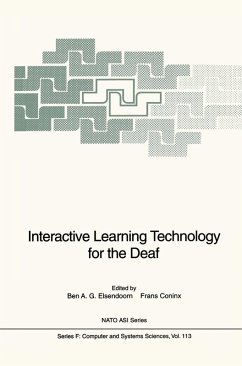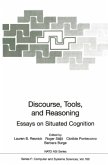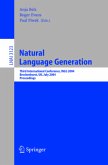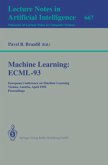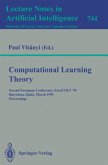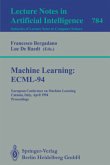Interactive learning technology holds great promise for improving the education of deaf children. This book is based on a NATO workshop held in the Netherlands in June 1991 which brought together experts in the fields ofdeaf education and interactive learning technology to discuss ideas and research results and plan future collaboration.
The book is part of the NATOSpecial Programme on Advanced (Educational Technology.) The book is divided into three main parts:
- Language: Storage and retrieval systems. Inall approaches to deaf education, the development of literacy is a majorgoal. The development and implementation of innovative learning technology must be integrated with (current approaches and strategies.)
- Oral communication. Training devices may be used to improve speech production, speech reading, and the use of (residual hearing.)
- Sign language and manual communication. Interactive learning devices are needed which can be employed by both deaf and hearing persons to acquire sign language.
This book is the final result of the NATO Advanced Research Workshop 'Interactive Learning Technology for the Deaf' , which was held between June 4 -7, 1991, in Sint-Michielsgestel, the Netherlands. The scientific organizing committee consisted of Frans Coninx (director), Ben Elsendoorn, Richard Foulds and Christopher Jones. The idea for this workshop originated from the observation that interactive learning technology seemed to be very promising in that it might help improve education of deaf children, but also from the given fact that general achievements in helping deaf children to acquire language could still be improved. Before this workshop, results on research in the areas of (sign) language acquistion and education of deaf children, improvement of speech produc tion and listening skills, as well as the use of interactive learning technol ogy, could be gathered in journals and at congresses. However, no meeting was ever organised where experts from these different fields were present at the same time. The aim of the workshop was to bring together experts in the fields of deaf education as well as interactive learning technology, to construct a multi disciplinary platform where ideas and research results could be discussed from various angles and which would serve as a jumping-board for future collaboration. We thought it essential that specialists from various direc tions in deaf education -i.e. bilingual, oral, and Total Communication (TC) approaches -were present, to contribute to the multi-displinary character of the workshop.
The book is part of the NATOSpecial Programme on Advanced (Educational Technology.) The book is divided into three main parts:
- Language: Storage and retrieval systems. Inall approaches to deaf education, the development of literacy is a majorgoal. The development and implementation of innovative learning technology must be integrated with (current approaches and strategies.)
- Oral communication. Training devices may be used to improve speech production, speech reading, and the use of (residual hearing.)
- Sign language and manual communication. Interactive learning devices are needed which can be employed by both deaf and hearing persons to acquire sign language.
This book is the final result of the NATO Advanced Research Workshop 'Interactive Learning Technology for the Deaf' , which was held between June 4 -7, 1991, in Sint-Michielsgestel, the Netherlands. The scientific organizing committee consisted of Frans Coninx (director), Ben Elsendoorn, Richard Foulds and Christopher Jones. The idea for this workshop originated from the observation that interactive learning technology seemed to be very promising in that it might help improve education of deaf children, but also from the given fact that general achievements in helping deaf children to acquire language could still be improved. Before this workshop, results on research in the areas of (sign) language acquistion and education of deaf children, improvement of speech produc tion and listening skills, as well as the use of interactive learning technol ogy, could be gathered in journals and at congresses. However, no meeting was ever organised where experts from these different fields were present at the same time. The aim of the workshop was to bring together experts in the fields of deaf education as well as interactive learning technology, to construct a multi disciplinary platform where ideas and research results could be discussed from various angles and which would serve as a jumping-board for future collaboration. We thought it essential that specialists from various direc tions in deaf education -i.e. bilingual, oral, and Total Communication (TC) approaches -were present, to contribute to the multi-displinary character of the workshop.

